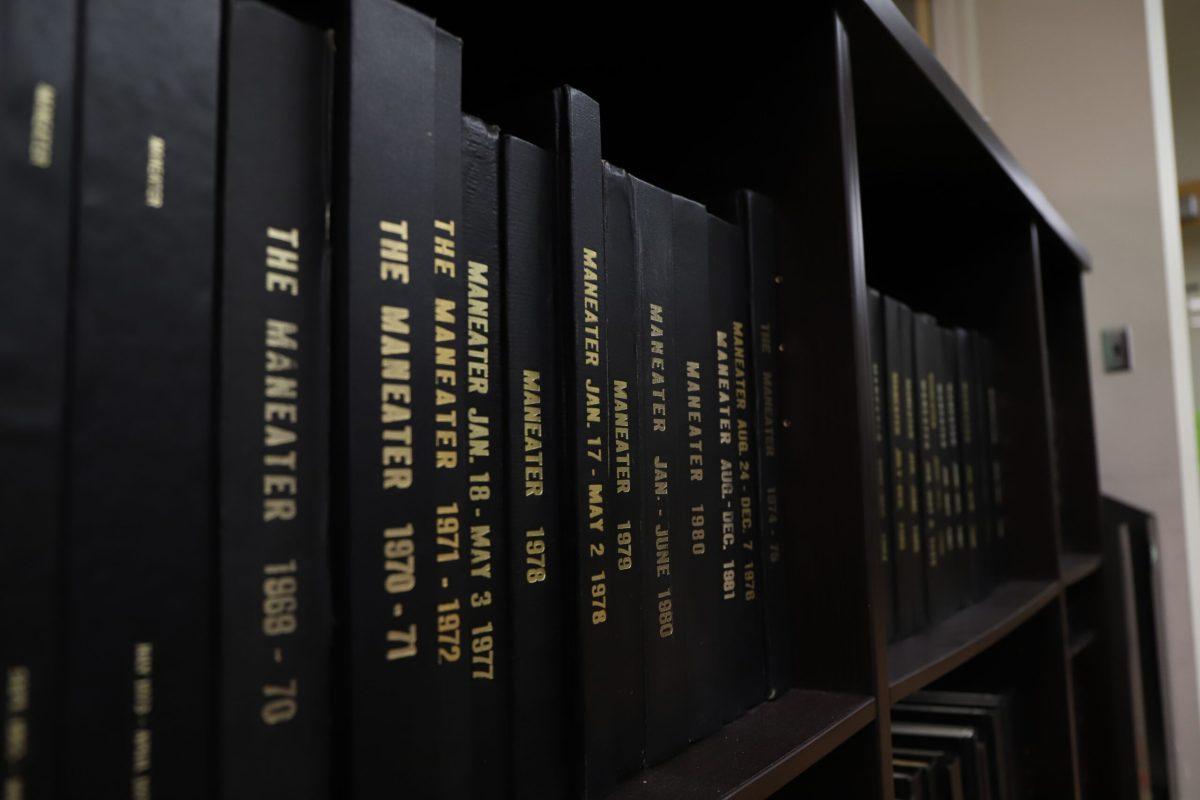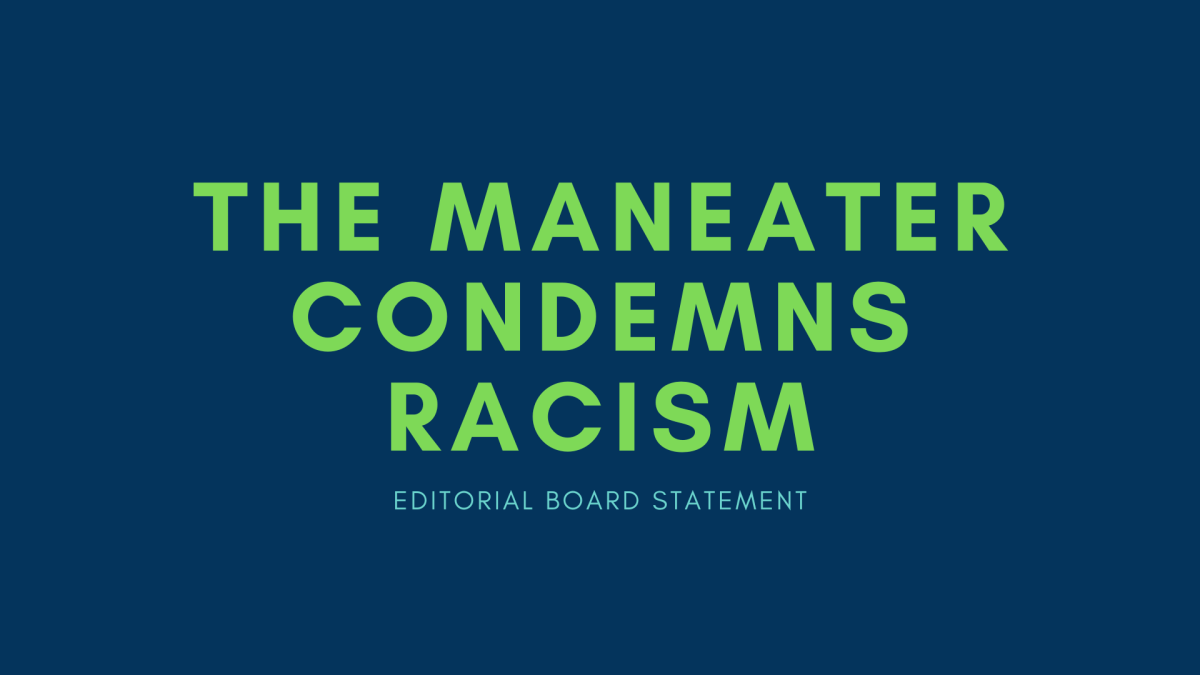If a ballot initiative succeeds, Missourians will be able to decide whether to raise the cigarette tax in November. As residents of a state begging for more revenue, we support this initiative and a cigarette tax increase.
It’s unacceptable to have the lowest cigarette tax in the nation while being the 45th in state funding for higher education. Missouri has continuously cut funding for higher education while refusing to consider raising cigarette taxes to generate revenue. As students, we are the victims of this mistake.
When State Rep. Mary Still [proposed raising the cigarette tax to 89 cents in January](https://www.themaneater.com/stories/2012/1/31/still-aims-fund-higher-education-through-cigarette/), it was estimated the increase would bring in $400 million in revenue. With only a penny difference between her proposal then and the one on the table now, about the same amount of revenue would come of the increase. Thirty percent of that revenue would go to higher education, which would be approximately $120 million worth of funding.
This proposal also spreads revenue out more appropriately than past proposals. Other proposals have suggested giving higher education all of the revenue, which doesn’t make sense. The current proposal splits revenue by giving 30 percent to higher education, 50 percent to K-12 education and 20 percent to tobacco education.
Missouri’s cigarette tax sits at 17 cents, while the national average cigarette tax is $1.46 per pack, according to [Tobacco Free Kids]( http://www.tobaccofreekids.org/research/factsheets/pdf/0099.pdf). The proposed increase would put the tax at 90 cents, still well below the national average. Although this is more than a 500 percent increase, Missouri’s tax is still far below the national average. The cigarette tax hasn’t been raised since 1993, so this has been a long time coming.
Though the cigarette tax has stayed at a low rate for the last 19 years, the cost of higher education for students has been drastically increasing. In the same amount of time, students have taken on 21 percent more of the burden for university operations, and the state has dropped 28 percent of it, according to the [Missouri Students Association](http://msa.missouri.edu/resources-for-taking-a-stand-2/). MU tuition rises with inflation, so why not also the price of cigarettes? With higher education in a bind for funding, it’s hard to argue cigarette taxes aren’t the place to get that revenue.
While the Missouri House and Senate have proposed a budget that does not cut any funding from higher education, that doesn’t mean higher education is off the chopping block for state funding forever. That budget only for one year and the governor might not even sign it, keeping Missouri education at a $66 million cut. In a state where losing that much money is considered a bargain after a $106 million cut was originally proposed, something needs to change. If Missouri decides to stay the same — keeping luxury taxes ultra-low and making higher education pay the price — we can’t expect to get a better deal anytime soon. If Missouri does nothing to increase revenue, higher education will be faced with cuts much like the original $106 million cut, a 12.5 percent slash in funding.
The funding higher education would get from an increased cigarette tax would be consistent. If Missouri does raise the tax, Nixon’s $106 million cut will be countered indefinitely. Yes, taxes will go up. No one wants higher taxes, but it’s a necessary evil, especially on luxury items like cigarettes. If Missourians expect quality education, they have to pay for it in one way or another. A higher cigarette tax will help put the burden back on the state instead of students.










